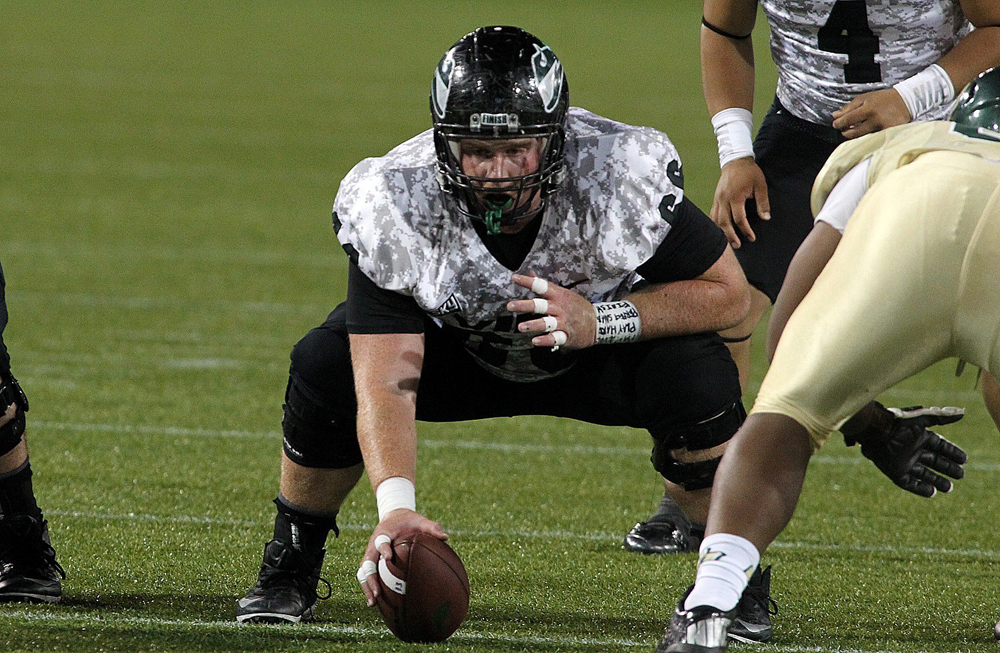It’s been two years since the Union Cycliste Internationale banned Lance Armstrong for life from competitive cycling. It’s been five years since Lance Armstrong last competed in the Tour de France. 2005 was the last year that he won the tournament, the last of seven straight (and now revoked) victories.
And last year, in 2013, the Tour de France had the highest United States television ratings since Armstrong’s 2009 race.
It’s hard to imagine now what Lance Armstrong symbolized prior to the U.S. Anti-Doping Agency presenting their findings in 2012, and what kind of cultural harm was inflicted then. Think of the exceptionality of the unscarred story: A kid from Plano, Texas, returning from testicular cancer (which he was diagnosed with in October 1996), who goes on to win the world’s most prestigious cycling race seven straight times, and in the interval between his diagnosis and his first victory he founded the Lance Armstrong Foundation.
A year before his first victory another sport was in its own false golden age. Sammy Sosa and Mark McGwire were chasing Roger Maris’ home run record. They were unstoppable.
There were well-choreographed handshakes, pictures of McGwire with his arm around Sosa—who was finally bringing something grand to the perennially unlucky Cubs. I remember a McGwire home run reaching the nosebleed section of a Padres game I attended. I brought a little bat home and mimed McGwire in my backyard.
McGwire finished that season with 70 home runs, breaking Roger Maris’ home run record by nine.
Three years later, Barry Bonds broke McGwire’s record with 73—and Lance still had four more Tour de France titles to win.
What is remembered most about these events, I would argue, is not the winning, the feeling of watching history or the patriotism—although that’s certainly there—but the hysteria that followed: the BALCO scandal, the perjury case, Bonds’ 30-day house arrest, Sosa’s corked bat, Roger Clemens looking absurdly bulky in a suit as he sweated before a grand jury, and Lance confessing to Oprah.
But now we have our distance.
Armstrong, Sosa, McGwire and even Bonds don’t need to be cast in a uniform light; their situations might be more various and nuanced than we wish to see. Roland Smith, who is the co-artistic director of the play Pedal Pusher, claimed in his Guardian article that Lance Armstrong is a villain and a victim—a victim of a drug-dominated culture. There’s some truth in the line of reasoning that says yes, Lance cheated, but that is not tantamount to a lack of talent. The fact is that Bonds and Sosa and McGwire were great players, with or without the steroids.
But being great wasn’t good enough. And if we look at the summer of ’98, and the now ridiculous sounding seven-straight Tour de France titles, one has to admit that one of the main ingredients of the thrill of watching was the immensity of these feats. We didn’t want Bonds’ home runs to simply clear the fence, we wanted them to go into the water behind the right field of Pac-Bell Park.
We’re starting to equalize. Greatness seems good enough. Baseball can be enjoyed without a record chase, and it seems, so can that lengthy cycle race up and down the hills of France. I, for one, will tune in every now and then, and the shadow of Lance Armstrong will be much less than the oblong ones cast by those climbing bikes.





